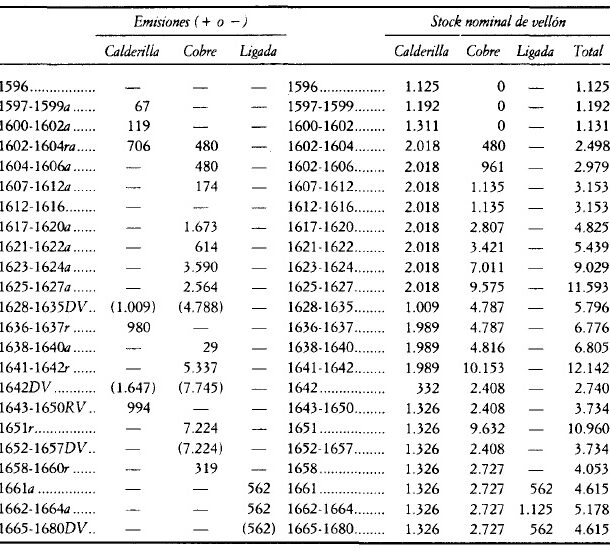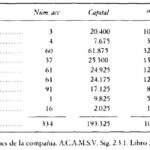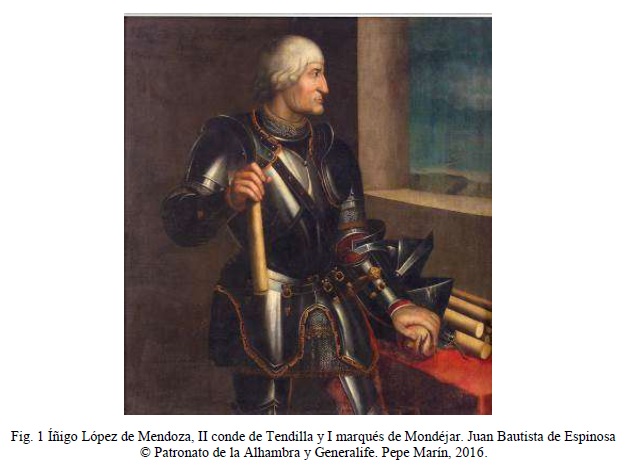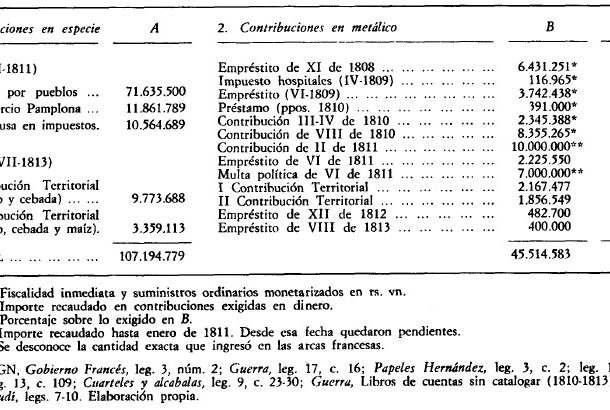
The artisans soon became aware of the need to react in defence of their economic independence, and from the 1740s onwards there was a succession of initiatives aimed at reinforcing their cooperation and favouring the activity of the workshops themselves. Initially, the company had an exclusively artisan character, since according to the initial chapters that were to govern its activity, only the masters of the College of the Major Silk Art or their most direct relatives (widows and children) could participate in it. However, the nature of the company was transformed by the modifications imposed by the General Board of Commerce where, thanks to the initial success, the artisan character was eliminated and the participation of the rest of the social groups in the shareholding was authorised. The project drawn up by the silk craftsmen was viewed with great suspicion by the silk bourgeoisie and the central bodies of the monarchy. It was stipulated that a capital of 500,000 to 600,000 pesos was needed to be viable; the broadening of the social basis of the shareholding was, however, considered compatible with the reservation of management positions for the silk craftsmen without taking into account the problems this might cause. The high point came when in 1776-77 shares worth £65,350 were acquired, doubling the capital subscribed so far. The company was enlarged by different groups. The first group was made up of the wealthy and well-to-do classes, with three members of the titled nobility, four merchants, 60 professionals and distinguished persons with the title of “don” and 37 ecclesiastics. Between them, they were able to control the company perfectly well, since even though they were 31.13% of the shareholders, they held 59.62% of the subscribed capital. The second large group comprised people of whom only their names are known and who did not receive any distinguished treatment. Their economic status is lower than the sectors mentioned above and they accounted for 36.52% of the shareholders, despite which they controlled only 25.39% of the capital.
Collection: Statistics
Project: 3. Rural world and urban world in the formation of the European identity., 4. Family, daily life and social inequality in Europe.
Chronology: XVIII
Scope: Secondary Education, Baccalaureate, University
Resource type: Statistics
Format: Table
Source: Franch Benavent, Ricardo, «Los negocios de una gran empresa sedera en la Valencia del siglo XVIII: la compañía de Nuestra Señora de los Desamparados», Revista de Historia Económica, Journal of Iberian and Latin American Economic History, 14, 3 (1996), pp. 557–589.
Language: Spanish
Date: 1996
Owner: Álvaro Romero González (Modernalia)
Copyright: © Ricardo Franch Benavent © Revista de Historia Económica
Abstract: Social status of the shareholders of the Compañía de Nuestra Señora de los Desamparados in Valencia during the 18th century (values expressed in Valencian pounds)
Image
Tags








